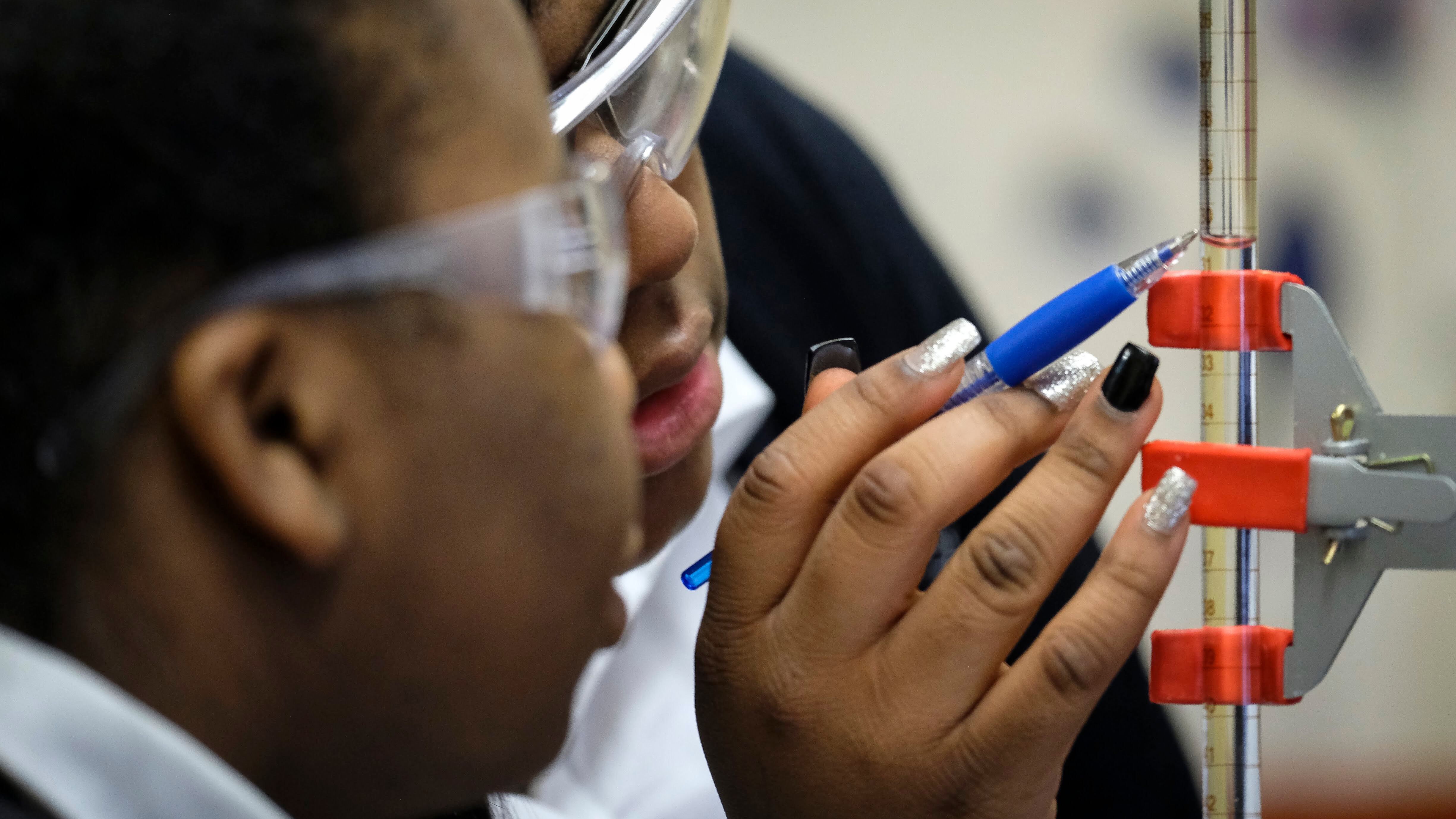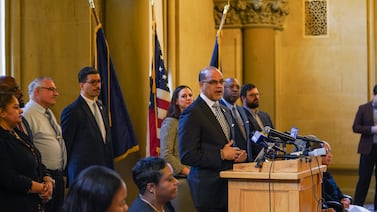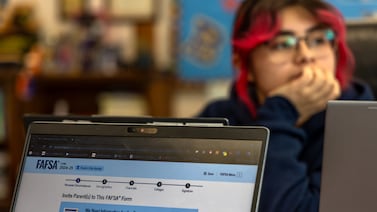When the Rev. David Greene Sr. saw a new data report on racial disparities in educational and workforce outcomes in Marion County, he felt “just shocked and stunned.”
Some of the gaps are often talked about, like Black and Hispanic students in Indianapolis schools passing standardized tests at less than half the rate of their white and Asian peers — a chasm that has widened with the pandemic.
But the report also showed how many students of color have been graduating from local high schools unprepared for college or careers, a problem often masked behind a rosier picture of overall graduation rates.
And it tied how these disparities led to low rates of college success and, eventually, low wages.
“I had definitely felt like there were some challenges, but now there were clear data that provided the evidence as well as showed the linkages between opportunity for economic growth for students — whether you were college-educated or had the training that you could go on, versus the ones that were falling below the line into the poverty zone,” said Greene, senior pastor at Purpose of Life Ministries and president of the Concerned Clergy of Indianapolis.
A coalition of local business and community leaders produced the report, released Tuesday, chronicling how racial gaps in education in Indianapolis contribute to income inequality. It’s part of the Business Equity for Indy initiative, a push for racial equity led by the Central Indiana Corporate Partnership and the Indy Chamber, in collaboration with the Indianapolis Urban League.
“It sets the table, ultimately, for the work that we all need to do collectively and strategically as a community,” said Indianapolis Urban League President and CEO Tony Mason. “What can we do to make Indianapolis a more equitable community, where all families — Black families, African-American families, other families of color — have the opportunity to succeed?”
The coalition calls for policy changes, including strengthening pre-K programs to improve kindergarten readiness; expanding eligibility for the state’s 21st Century Scholars program, a need-based scholarship that covers four years of public university tuition; and mandating high school students fill out the federal FAFSA form that determines postsecondary aid.
The group also wants the state to put more dollars toward helping Black and Hispanic students become teachers, supporting first-generation college students, and incentivizing certificates that lead to high-demand, high-paying jobs.
Business Equity for Indy also charges employers with investing in improving outcomes for people of color, suggesting steps to help employees and their families such as subsidizing the cost of early learning programs, contributing to children’s college funds, and offering tuition assistance.
Become a Chalkbeat sponsor
The coalition doesn’t place blame on school systems or institutions for the disparities, instead citing the nation’s history of systemic racism.
“We think they reflect a long history that is complex, and we think that if we’re serious about addressing them, we really need the public, private, and nonprofit sectors all working together to try to address root causes and address those outcomes,” said Claire Fiddian-Green, president and CEO of the Richard M. Fairbanks Foundation, who helped lead the study.
Part of the group’s goal is to simply put numbers to the problems.
Greene and other Black community leaders were particularly alarmed to see an increasing tendency to waive high school graduation requirements for Black and Hispanic students.
Most Marion County township districts had a higher percentage of graduates using waivers in 2019 than the state average, the data showed.
Parents need to have that kind of information to ask questions and choose schools for their children, Greene said.
“Too often one could be satisfied with, oh, this township or this school has what appears to be a reasonable graduation rate. But if 15%-20% of those graduating were graduating on waivers, then that’s a problem,” he said.
Other pieces of hard-to-find data in the report show, for example, that from the high school graduating class of 2016, only 253 Black students from Marion County went on to graduate on time from a four-year public college in Indiana and just 14 from a two-year state college on time.
Or that among the big increase in students pursuing workforce certificates, the number of Black and Hispanic students completing those credentials has remained mostly flat, and that the most popular certificates lead to relatively low median wages.
“Business communities are making commitments and expressing a desire to increase the diversity of their entry-level workforce that then moves into middle management, senior executive roles,” said Jason Kloth, president and CEO of Ascend Indiana, a nonprofit focused on Indiana’s talent pipeline. “We’re not producing the number of graduates that would be required to meet the demand for those job opportunities.”
Become a Chalkbeat sponsor
These racial inequities threaten the health of the city, said Marshawn Wolley, a consultant for Business Equity for Indy and public policy director for the African American Coalition of Indianapolis, as poverty drives record levels of gun violence.
“If you graduate from high school unprepared in an advanced economy, what are your prospects?” Wolley said. “You’re putting people out here who don’t have a fighting chance.”







